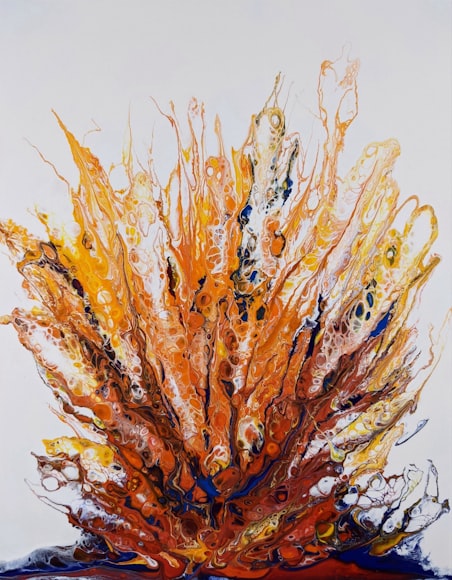9/20/2023: The open source version of Terraform is now OpenTofu
Find a better formatted version of this post on my Notion.
What is Terraform Remote
It can store state files of Terraform remotely. It’s used more when there are multiple developers working on one thing, so someone’s state isn’t totally overwritten. Similar to CircleCI or Jenkins.
Why Did You Try It?
To see if I could!
What Did You Do?
The code worked - It was my S3 bucket permissions that were a little off, and did not allow me to place anything in there unless I went into the GUI and did it myself - which is time intensive and defeats the purpose of this project a bit.
What Happened Afterward?
Uh, well, VS Code suddenly had a lot of issues with permissions - It seems to have imploded the executable on my machine. I couldn’t start it, (’The location of this file could not be found’), but it wasn’t in my list of programs to uninstall - It was a ghost program.
Could You Delete the Files?
In theory - My permissions had gone screwy as well, and no amount of adjusting or using 3rd party, but Microsoft Approved tools worked.
Is It Fixed?
Yes! Read on...
Solved:
- I took a break
- Ate a snack
- Went outside
- Showered
- Got a new mug in the mail
- Went back to Binging and found the following;
So, there are many places where VS Code files hide - Local folder, Roaming folder, Programs Folder - and while some of them can be deleted, not the one that needed to be.
Now, while the program is not in the Program and Features program, VS Code did come with an uninstaller, which does end up working. Shout out to alshafi on StackOverflow who knew the multiple hidey-holes this program has.
Find me on Twitter, or my blog. You can Buy Me A Coffee and help me keep writing!


Comments
Post a Comment